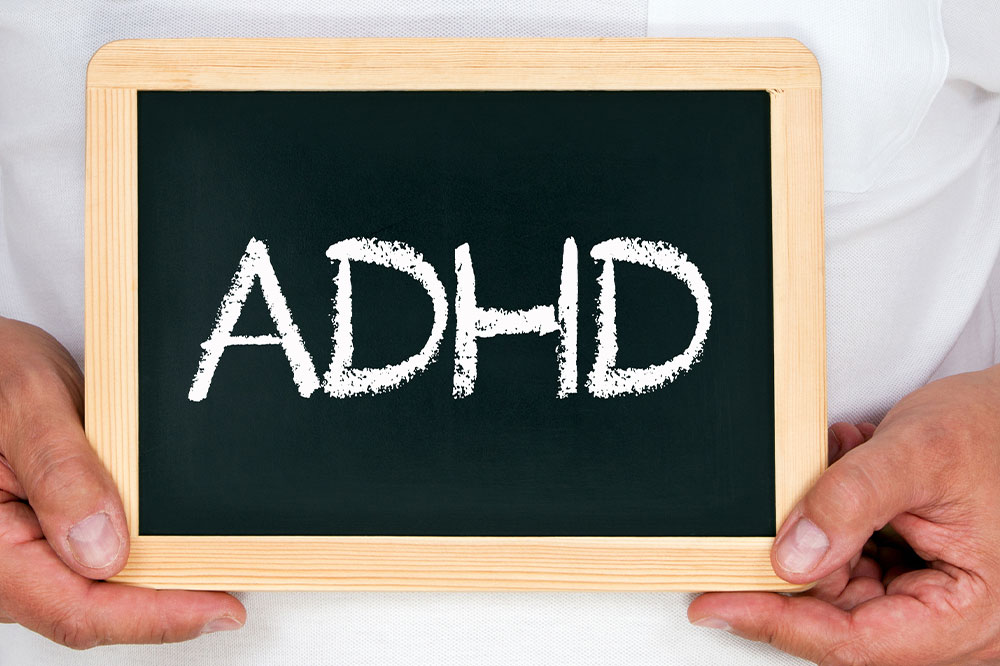
ADHD – Causes, types, diagnosis, and management
ADHD or Attention Deficit Hyperactivity Disorder is a condition wherein people find it difficult to pay attention to a single task at hand and show impulsive and controlling behavior. This is a common neurological disorder usually diagnosed in childhood and can continue until adulthood for some people. The changes in energy levels are more frequent and excessive in those dealing with this disorder than in those who are not.
What causes ADHD?
The factors that cause ADHD are not accurately known to medical professionals. However, one of the causes is said to be genetics. Some other factors that can prove to be a risk are premature delivery, brain injury, low birth weight, and the use of illicit and harmful substances during pregnancy.
Types of ADHD
ADHD can be classified into three broad types, and this classification mainly depends on the symptoms being exhibited by the patient.
- Hyperactive-impulsive
Those dealing with this kind of ADHD generally talk a lot, and it is quite hard for them to stay or sit in one place for long intervals of time. They experience restlessness and are quite impulsive. Extreme impulsiveness can make them prone to more accidents or injuries than usual. - Inattentive
In this scenario, it becomes a daunting task for the person to complete a task or organize something. Paying attention to details is a tough job for those dealing with this kind of neurological disorder. They get distracted very easily and have difficulty following instructions, and sometimes, they can forget a few daily chores. - Combined
There are some individuals with ADHD who can exhibit the characteristics of both the types mentioned above, and this is known as combined presentation.
Symptoms and signs of ADHD
Having some trouble focusing on things is natural for most kids, but when these signs seem to continue for a long time, it is essential to get them professional help. Some of the common signs that can be associated with ADHD are experiencing trouble sitting still in one, lack of focus or concentration in doing or completing essential tasks, forgetting to complete certain jobs, getting distracted quite easily while doing something else, and interrupting someone while they are talking.
The symptoms can be different for every person, and it is important to keep a note of these. As mentioned, this condition is most often diagnosed in children; however, sometimes, it can occur in adults too. Or children might not outgrow the condition. In that cases, the symptoms exhibited could cause difficulty in personal and professional life. Also, symptoms would become worse due to increased stress in adulthood.
Diagnosing ADHD
There is no single test that can be done to diagnose ADHD. In order to confirm a diagnosis, medical professionals observe the symptoms being exhibited for a set period of time. Some physical exams can also be conducted so that adequate information can be gathered about any other health issues.
Treatment options for ADHD
The most common treatment options for his neurological disorder are behavioral therapies. Some of the therapies include talk therapy and psychotherapy. The line of treatment is decided based on the signs being displayed by the person.
Other types of medical intervention may also be recommended based on the duration and severity of the condition.
Natural treatment options for ADHD
Some lifestyle changes can help improve the signs of ADHD, and these can be implemented to manage the condition. Some of these remedies include getting an ample amount of sleep, eating healthy and nutrient-dense meals, indulging in some physical activity for almost 60 minutes on a regular basis, and limiting screen time.
The above-mentioned tips have been found to be very effective in managing this condition in adults and children.
There are several activities that adults can indulge in to keep the signs of ADHD in check, such as spending a lot of time outdoors, meditating, and doing yoga. These activities can help in keeping the mind calm and at ease. The disorder can be controlled with some handy tips such as setting reminders and making detailed lists.
For children with ADHD, sitting in front of the class can help limit distractions and pay attention. Speaking to the child’s teacher could also help them focus and be attentive in class.
Most kids outgrow this condition; however, it can be easily and effectively managed if it does persist into adulthood.




